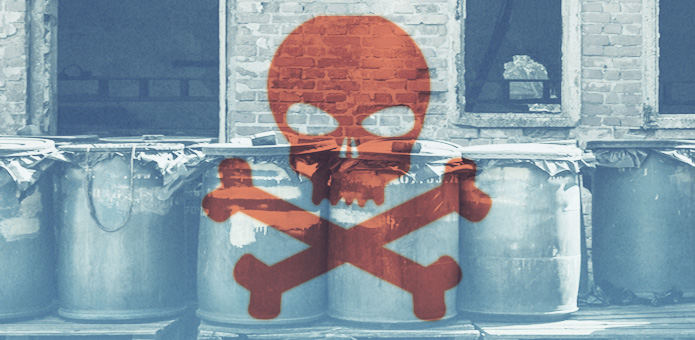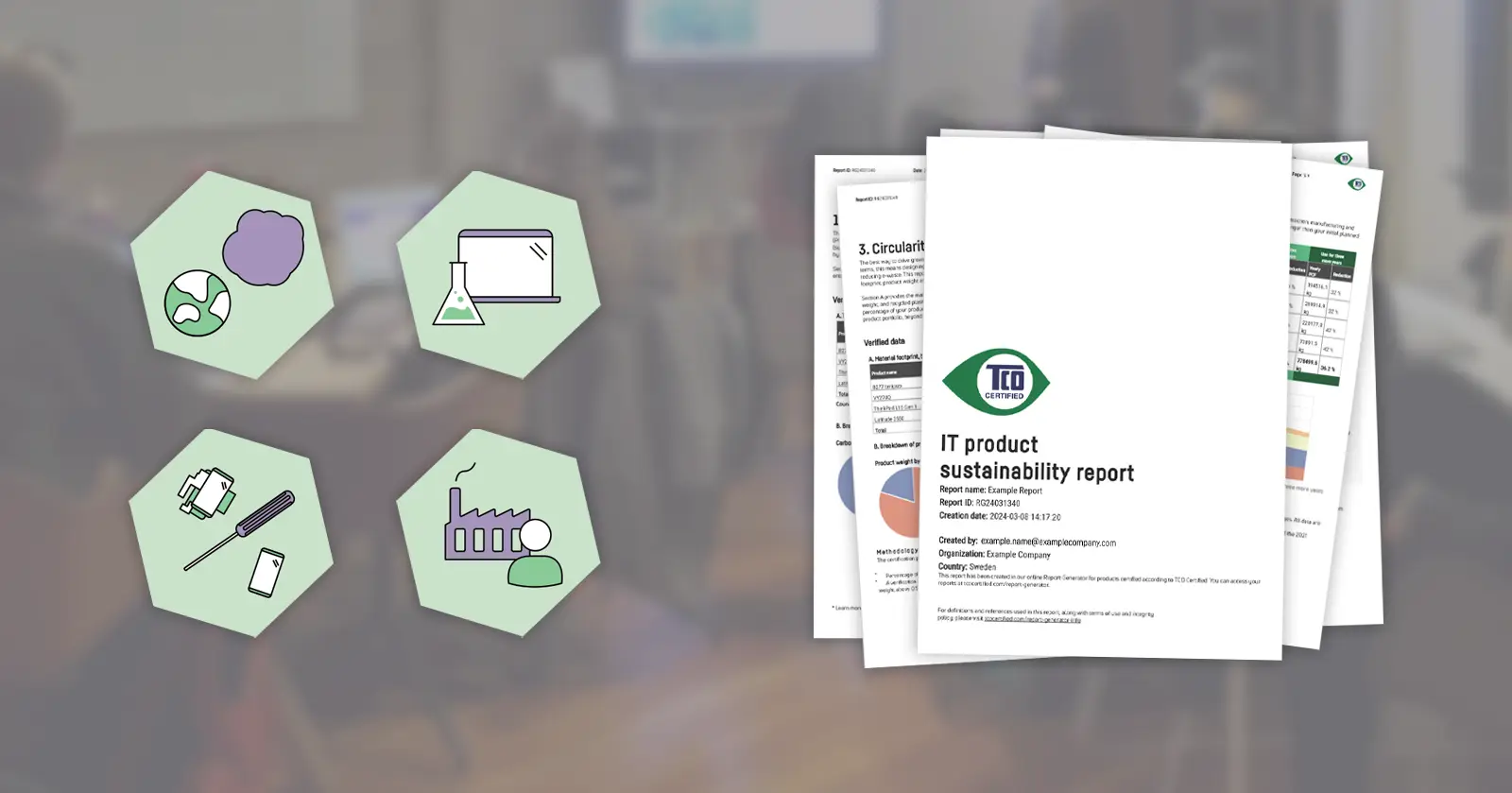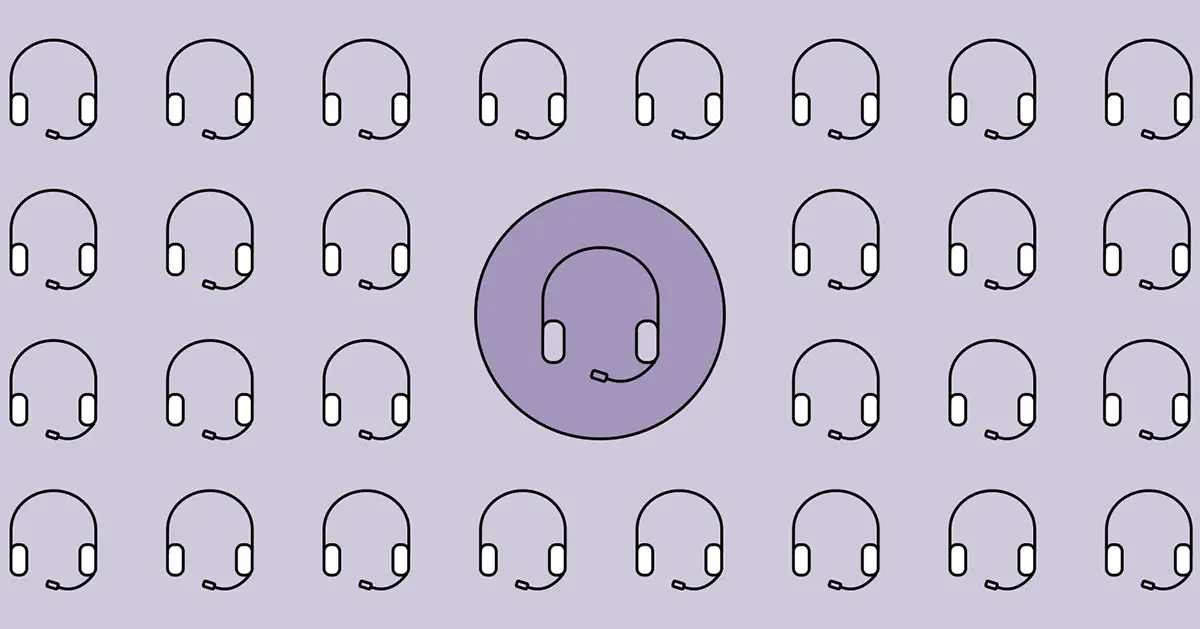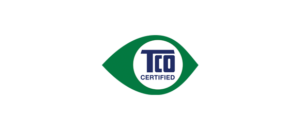One of the major changes proposed in the new generation TCO Certified is a fresh approach to reducing hazardous substance content in computers, displays and other electronic devices. Moving away from focusing on banned substances alone, the draft proposes the addition of an Accepted Substances List, specifying substances that have been evaluated and declared as safer alternatives.
Non-halogenated substances. Need for better information
Halogenated flame retardants – a confirmed hazard to human health and the environment – have been largely phased out of IT products. TCO Certified has been committed to this goal beginning in the 1990s. While the effort to eliminate halogens continues, the new draft TCO Certified also takes a closer look at the non-halogenated substances now being used to replace them.
There is an urgent need for better information about these alternative substances and to make sure that any additives used don’t include further risks. The draft new generation TCO Certified therefore proposes new criteria for non-halogenated substances. The goal is to increase the knowledge of their human and environmental impacts and to drive a shift towards less hazardous alternatives to halogens.
GreenScreen to help industry choose safer substances
The draft proposes the phase-out of non-halogenated flame retardants that are designated as most hazardous, as well as the creation of an Accepted Substances List for those substances declared as less hazardous alternatives. In order to do this, we’re proposing the use of GreenScreen® for Safer Chemicals, a method for comparative chemical hazard assessment developed by the non-profit organization Clean Production Action (CPA).
The GreenScreen methodology provides a structured approach to evaluating a comprehensive set of human and environmental health and safety data.
By using GreenScreen, industry will more easily be able to identify substances that have been tested, evaluated and that can more safely replace those that have been proven most hazardous to the environment and human health.
GreenScreen methodology and proposed inclusion in TCO Certified
GreenScreen builds on the US EPA DfE approach as well as legislation such as EU REACH and has several advantages:
- Looks at several stages in the life cycle of the chemical, like transformation or breakdown products and also includes the environmental evaluation
- Takes into account new studies and new data. Benchmarks are only valid for 3 years.
- Considers 18 environmental and human health endpoints
- Helps close data gaps by providing incentives for companies to produce data as chemicals missing important data are downgraded to a lower benchmark or deemed as “Unspecified”
The methodology is freely and publicly accessible, transparent, peer reviewed and is based on a structured decision logic that distils complex hazard evaluations down to an easily understood hazard table. It then assigns the chemical one of four possible benchmarks, depending on the level of concern.
Benchmarks – GreenScreen for Safer Chemicals
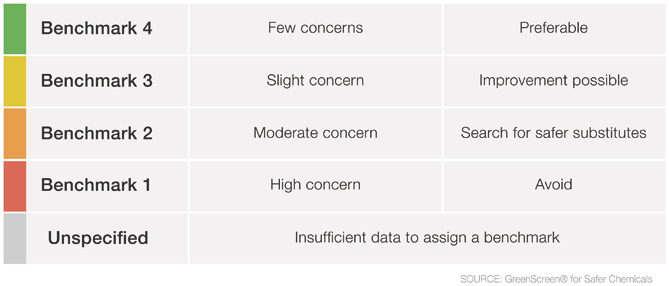
The draft proposes that TCO Certified products can only contain substances that are assigned a GreenScreen benchmark 2 or higher and that are on a proposed TCO Certified Accepted Substances List.
The assessment of the substance must be made by a licensed profiler approved by Clean Production Action and sent to TCO for inclusion on the TCO Certified Accepted Substance List.
